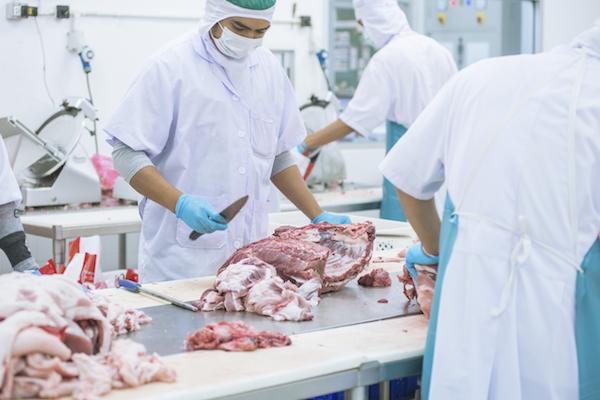Colour, flavour/aroma, texture/tenderness, juiciness and nutrient content all can influence the sale of meat. Among these, meat colour is the most important attribute that influences customer’s decisions when purchasing fresh meat at the point of sale because consumers use meat colour as
an indication of freshness and wholesomeness. The colour of normal meat is bright red or cherry red or pinkish to bright red and most of the population prefer this. Consumers tend to reject “dark cutting” meat due to the perception that this meat is from old animals, underfed animals, stressed animals, poorly handled animals, sick animals or spoiled and results in meat with an undesirable flavour, that is less tender (when pH is 5.8-6.1) and has a poor shelf life.
There is no universal system to define “dark cutting” across countries. Some classify meat based on colour whereas others use the pH of meat as a criterion for evaluation of dark cutting. It is risky to classify carcases as dark cutters on the basis of objective measures of ultimate pH using one muscle (example longissimus) to represent the whole carcass because not all muscles with a high pH will produce visually dark cutting meat and vice versa. As such this can lead to a loss of income across the supply chain, with product mis-described. The objective of this review was to identify the factors predisposing animals to "dark cutting" by examining available domestic and global literature and provide recommendations and directions for specific future research.





